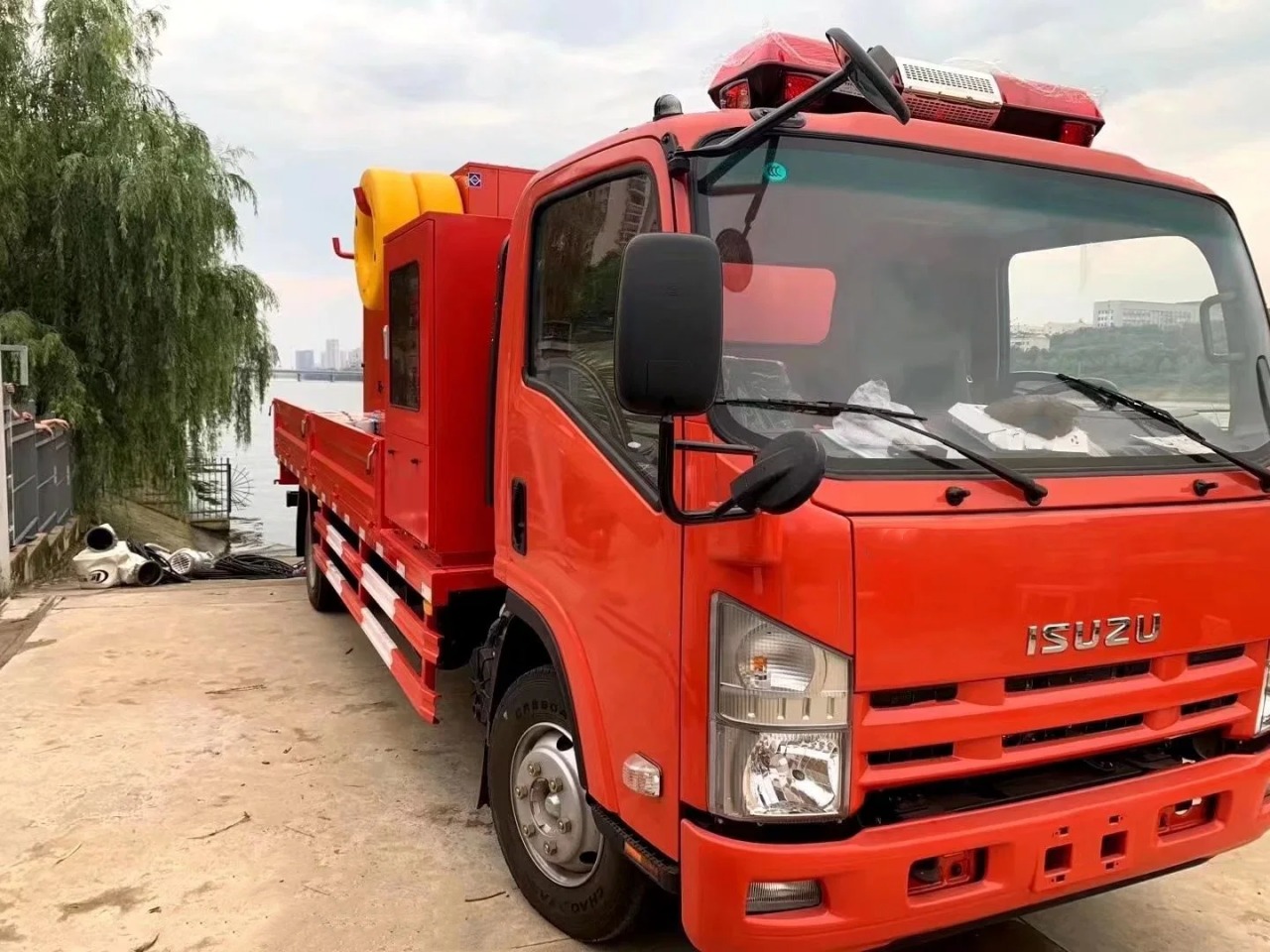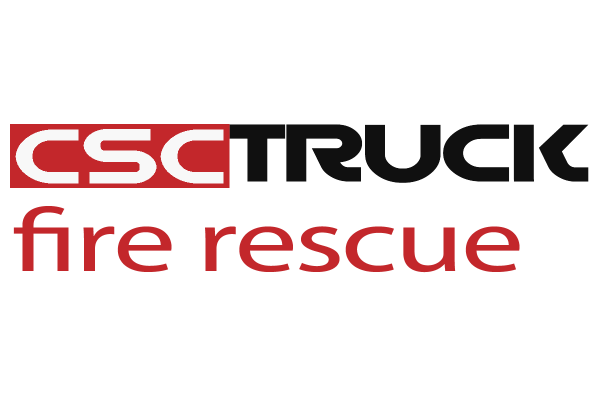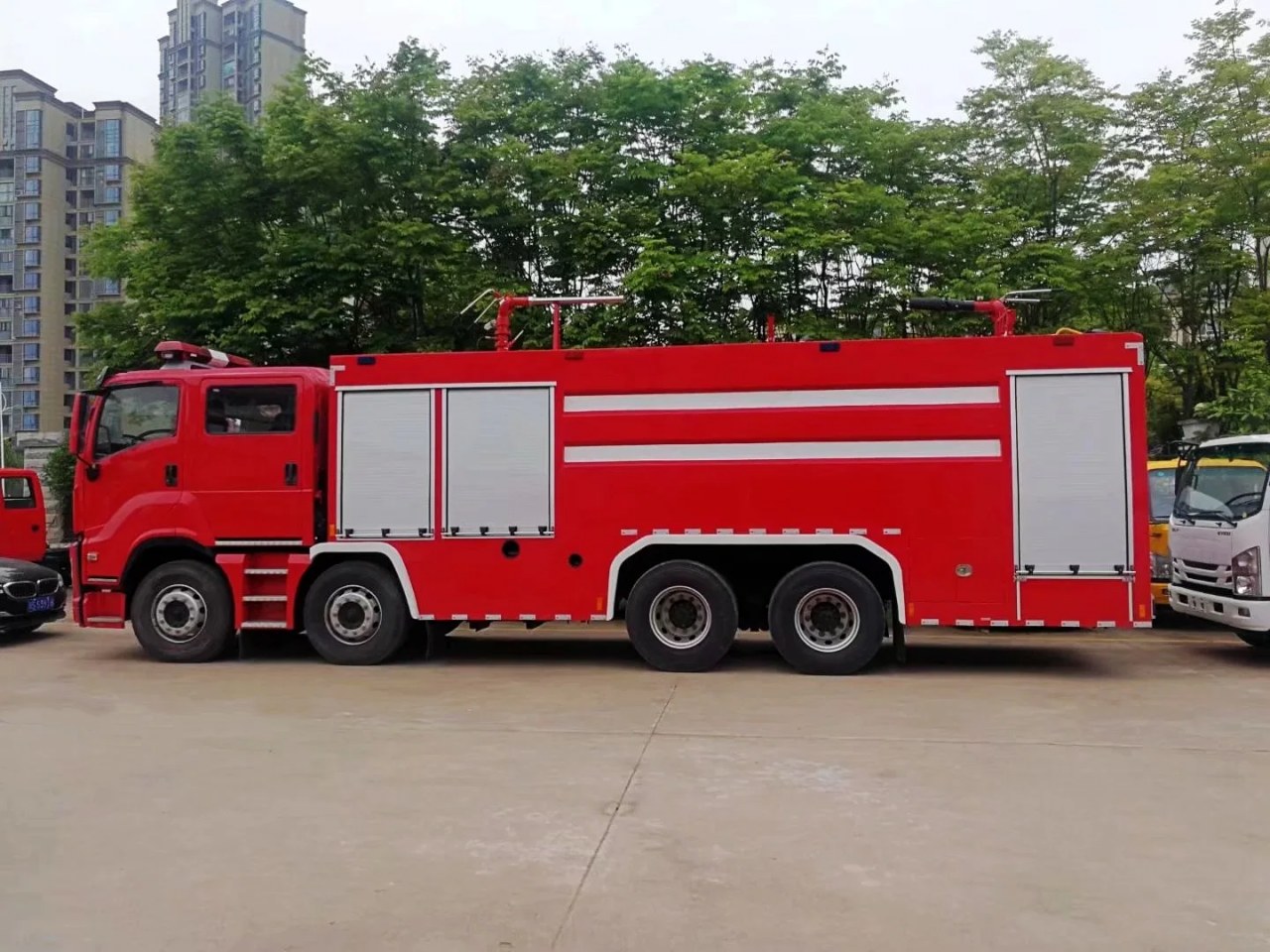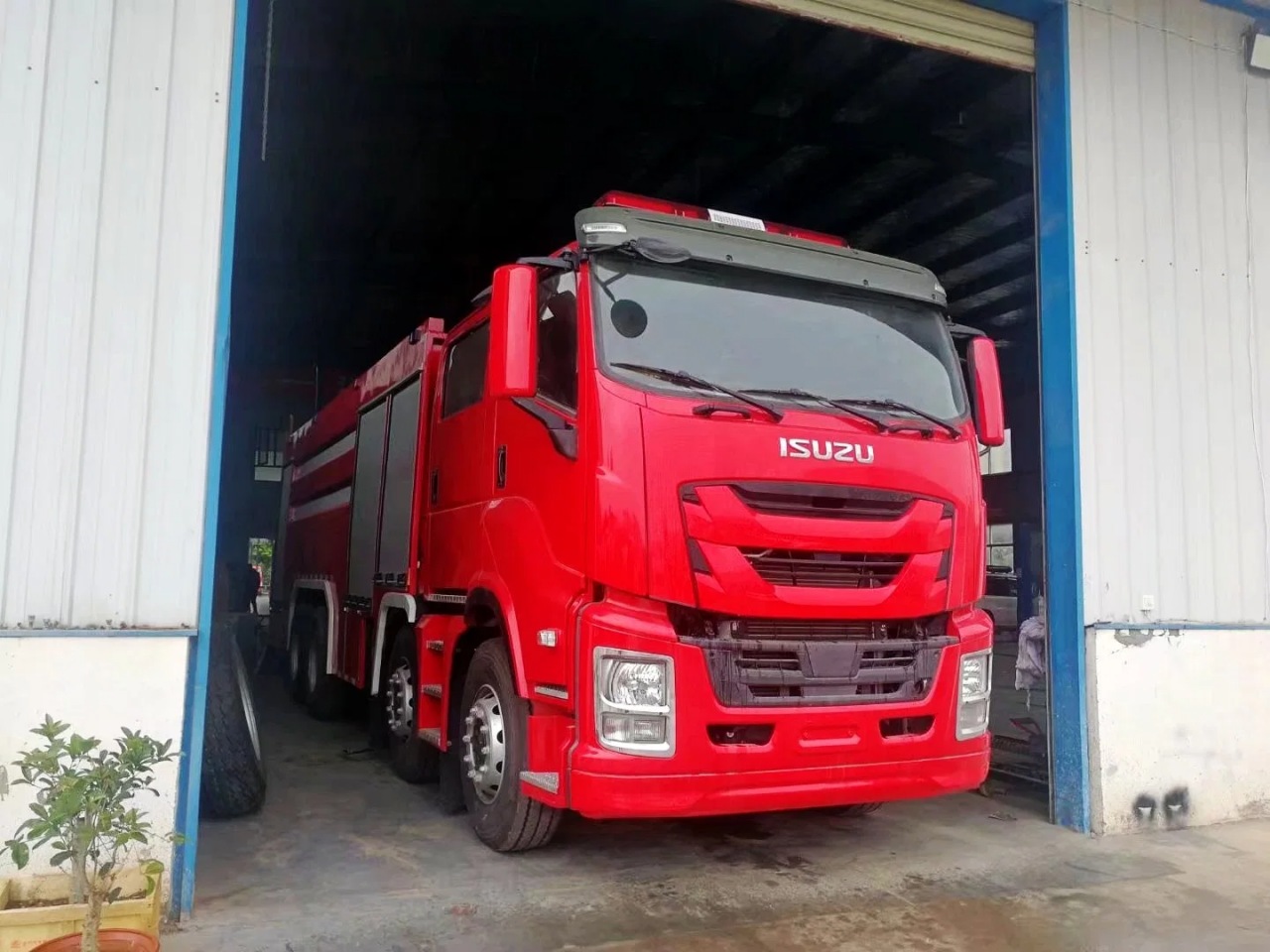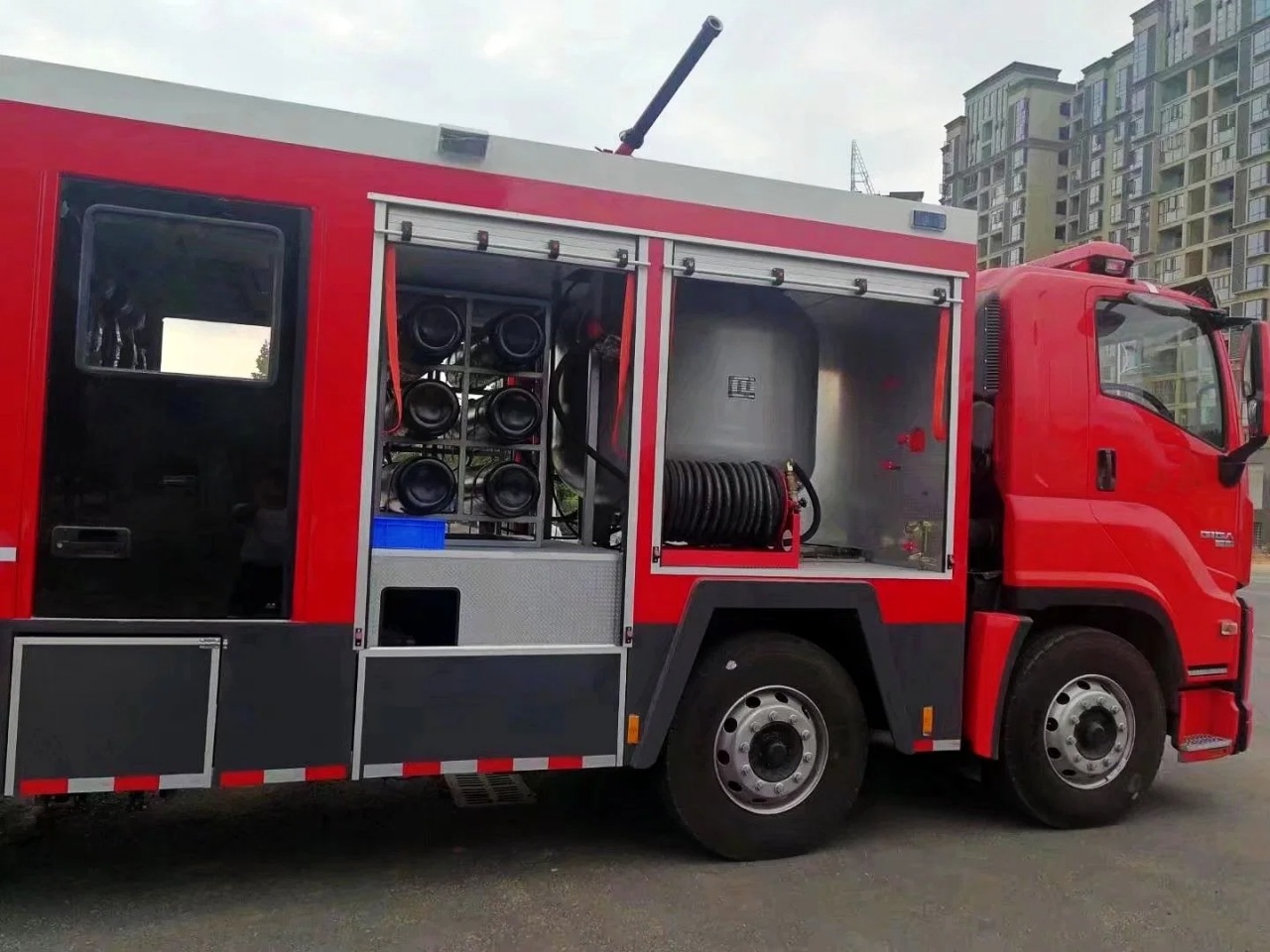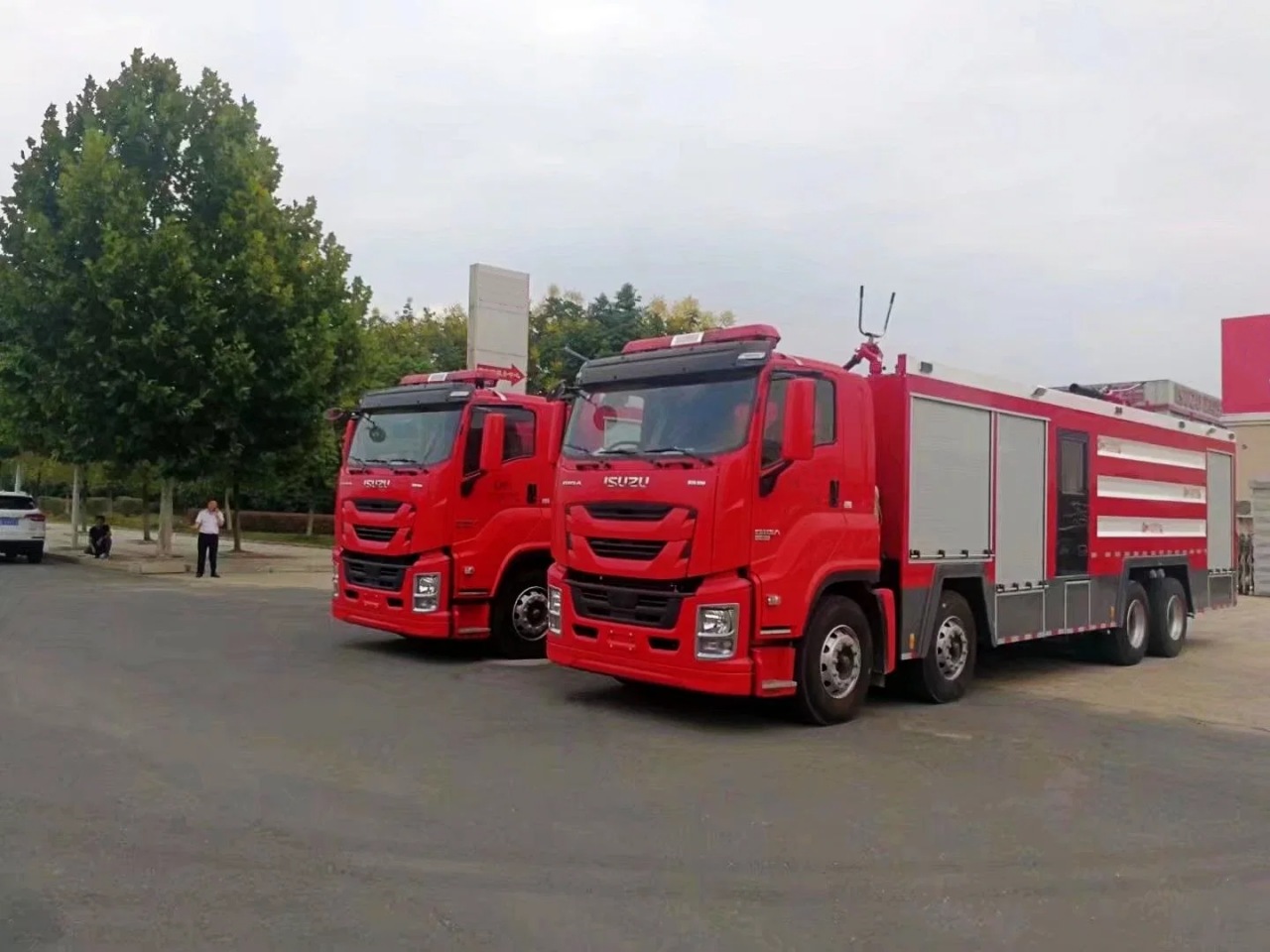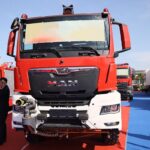In the ever-evolving landscape of emergency response, the demand for advanced and adaptable rescue vehicles has never been greater. Natural disasters, industrial accidents, urban emergencies, and large-scale rescue operations often present unique and unpredictable challenges that require swift, coordinated, and flexible response mechanisms. One of the most critical innovations addressing this demand is the Multi-Function Combination Rescue Truck. This advanced emergency response vehicle is designed to perform multiple roles on-site, consolidating various rescue tools, equipment, and systems into a single, mobile platform capable of adapting to complex incidents.
The Need for Multi-Function Rescue Vehicles
Modern emergencies are rarely singular. A typical incident—such as a building collapse due to an earthquake—might simultaneously involve fire hazards, trapped victims, hazardous materials, power failures, and structural instability. Historically, such scenarios would require the deployment of multiple specialized vehicles: Fire engines, hydraulic rescue units, mobile power stations, command centers, and hazardous materials (HazMat) response units. While effective, this approach consumes valuable time, manpower, and logistical coordination.
A Multi-Function Combination Rescue Truck is a strategic solution to this problem. It combines the capabilities of several specialized vehicles into one integrated unit, enabling first responders to execute diverse tasks rapidly without waiting for additional support. This all-in-one functionality streamlines operations, reduces deployment times, and enhances the overall effectiveness of emergency response efforts.
Key Features and Capabilities
The specific configuration of a Multi-Function Combination Rescue Truck can vary depending on the target application—urban, industrial, rural, or military—but several core features are typically included:
1. Hydraulic Rescue System
Equipped with tools such as spreaders, cutters, rams, and hydraulic pumps, this system is crucial for extricating trapped victims from wrecked vehicles, collapsed structures, or confined spaces. Modern trucks integrate battery-operated or engine-driven hydraulic systems for flexibility and uninterrupted operation.
2. Fire Suppression Equipment
To address fire hazards at incident sites, these trucks often include high-pressure water pumps, foam systems, and hose reels. Some models even integrate water tanks or foam concentrate reservoirs for rapid firefighting deployment in areas without nearby hydrants.
3. Power Generation and Lighting
Rescue operations often occur in darkness or in environments where power infrastructure is compromised. Multi-function trucks typically carry high-capacity diesel generators, extendable lighting masts, and floodlights to provide illumination and power for tools and communication equipment.
4. Medical Response Module
A dedicated compartment often serves as a mobile treatment station or triage area, equipped with stretchers, oxygen tanks, trauma kits, and first-aid supplies. Some trucks may feature climate control and sanitation facilities to stabilize victims before transferring them to ambulances or hospitals.
5. Command and Communication Center
The coordination of personnel, resource deployment, and data sharing is vital during large-scale incidents. Many combination trucks feature a mobile command post with satellite communication, radios, data terminals, and incident management software for real-time situational awareness and decision-making.
6. HazMat Handling and Detection
In industrial zones or during chemical spills, the truck may include gas detectors, decontamination showers, protective suits, and containment gear to manage hazardous materials safely.
7. Heavy-Duty Winches and Cranes
Integrated lifting equipment, such as telescopic cranes or electric winches, allows for vehicle recovery, debris removal, and the movement of heavy equipment or obstacles. These systems are vital in disaster zones where manual labor is insufficient or unsafe.
Applications in the Field
Urban Disasters
In dense urban environments, where space is limited and access points are constrained, a single rescue truck with multiple capabilities can be a game-changer. For instance, in the aftermath of an earthquake or explosion, the truck can be the first to arrive and immediately begin search-and-rescue, firefighting, and structural stabilization efforts.
Traffic Accidents
Highway collisions often involve multiple vehicles, hazardous cargo, and trapped occupants. The hydraulic rescue tools and winching systems of a combination truck enable fast and effective extrication. Simultaneously, onboard lighting and traffic control devices help manage the scene safely.
Industrial Accidents
Factories, power plants, and refineries are prone to incidents involving chemicals, fire, or structural failure. A multi-function truck can perform multiple roles—such as firefighting, victim stabilization, and HazMat control—without the need for several specialized vehicles.
Natural Disasters
During floods, landslides, or wildfires, combination trucks serve as mobile hubs of rescue activity. Their ability to supply power, light, medical care, and logistical coordination is invaluable when local infrastructure is compromised.
Advantages Over Traditional Approaches
The primary benefit of a Multi-Function Combination Rescue Truck is operational efficiency. Instead of waiting for different vehicles to arrive at different times, all core functions can be simultaneously deployed from a single unit. This integration also reduces crew requirements, minimizes response times, and enables better coordination.
Another advantage is cost-efficiency. Although these trucks represent a higher initial investment, they reduce the need for multiple specialized vehicles, their associated maintenance, and storage requirements. Over time, the return on investment is considerable, especially for municipal departments with limited budgets.
From a logistical standpoint, the truck simplifies fleet management and training. Operators and responders need to be familiar with one integrated system rather than mastering a fleet of separate vehicles and tools.
Customization and Modularity
One of the strengths of this rescue truck concept is its adaptability. Manufacturers often offer modular designs, allowing municipalities or private organizations to select features that best meet their specific needs. For instance, a coastal city might prioritize flood rescue equipment, while an industrial area may require robust HazMat capabilities.
Truck chassis selection can also vary—ranging from 4×2 urban configurations to 6×6 all-terrain platforms—ensuring mobility in challenging environments. Some advanced models even feature expandable shelters or drone integration for aerial reconnaissance.
Future Developments
As technology advances, we can expect these rescue trucks to become even more sophisticated. Innovations on the horizon include:
- AI-assisted command centers with real-time mapping and decision support.
- Unmanned Aerial Vehicles (UAVs) for rapid assessment and thermal imaging.
- Electric or hybrid drivetrains to reduce emissions and improve operation in enclosed or sensitive environments.
- Telemedicine capabilities allow paramedics to consult with specialists remotely during treatment.
Conclusion
The multi-function combination rescue truck is more than a vehicle—it is a mobile command center, a lifesaving machine, and a symbol of modern emergency preparedness. By consolidating vital rescue functions into a single, powerful unit, it addresses the growing complexity of emergencies with unmatched speed and versatility. As cities grow, infrastructure ages, and climate events intensify, investing in such advanced rescue platforms is not just a strategic advantage—it is a necessity.
